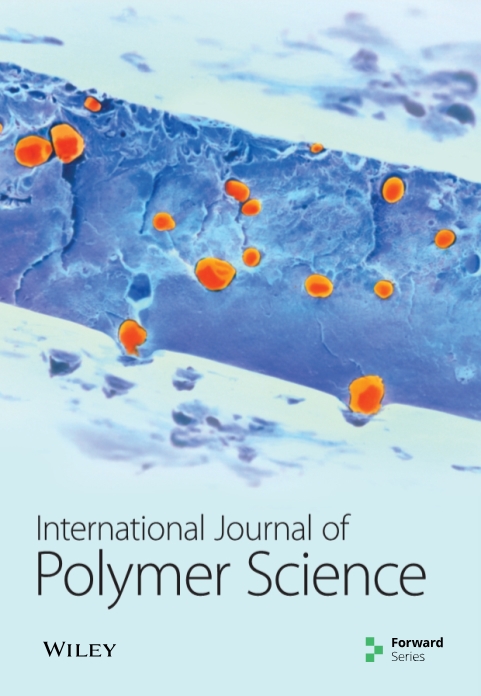Preparation, Characteristics, and Application of Biopolymer Materials Reinforced with Lignocellulosic Fibres
IF 4.4
4区 化学
Q2 POLYMER SCIENCE
引用次数: 0
Abstract
Various environmental concerns motivate scientists and researchers to look out for unique new materials in science and technology. In order to address the demand for polymeric materials with partial biodegradability, the usage of lignocellulosic fibre in the polymer matrix has risen. Lignocellulosic fibres are a cheap, easily renewable resource that is readily available in all regions. Cellulosic plant fibres also have a plethora of possibilities for use in polymer reinforcement because of their properties. Many researchers put their effort into developing a natural polymer with better mechanical properties and thermal stability using nanotechnology and the use of natural polymers to make its composites with lignocellulosic fibres. This study provides a review of the biodegradable composite market, processing methods, matrix-reinforcement phases, morphology, and characteristic improvements. In addition, it provides a concise summary of the findings of significant research on natural fibre polymer composites (NFRCs) that have been published. Indeed, a noticeably brief discussion is provided on the significant issues faced during composite extraction as well as the challenges encountered during the machining. Recent developments in the study of lignocellulosic fibre composites or NFRCs have demonstrated their enormous potential as structural elements in vehicles, aerospace structures, buildings, ballistics, soundproofing, and other structures.木质纤维素纤维增强生物聚合物材料的制备、特性及应用
各种环境问题促使科学家和研究人员在科学技术中寻找独特的新材料。为了满足对具有部分生物降解性的聚合物材料的需求,木质纤维素纤维在聚合物基体中的使用量有所增加。木质纤维素纤维是一种廉价、易于可再生的资源,在所有地区都很容易获得。纤维素植物纤维由于其特性,在聚合物增强中也有很多用途。许多研究人员致力于利用纳米技术开发一种具有更好机械性能和热稳定性的天然聚合物,并使用天然聚合物与木质纤维素纤维制成复合材料。本研究综述了可生物降解复合材料的市场、加工方法、基体增强相、形态和特性改进。此外,它还简要总结了已发表的对天然纤维-聚合物复合材料(NFRC)的重要研究结果。事实上,对复合材料提取过程中面临的重大问题以及机加工过程中遇到的挑战进行了非常简短的讨论。木质纤维素纤维复合材料(NFRC)研究的最新进展表明,它们作为车辆、航空航天结构、建筑、弹道学、隔音和其他结构中的结构元件具有巨大的潜力。
本文章由计算机程序翻译,如有差异,请以英文原文为准。
求助全文
约1分钟内获得全文
求助全文
来源期刊

International Journal of Polymer Science
POLYMER SCIENCE-
CiteScore
6.10
自引率
0.00%
发文量
55
审稿时长
>12 weeks
期刊介绍:
The International Journal of Polymer Science is a peer-reviewed, Open Access journal that publishes original research articles as well as review articles on the chemistry and physics of macromolecules.
 求助内容:
求助内容: 应助结果提醒方式:
应助结果提醒方式:


